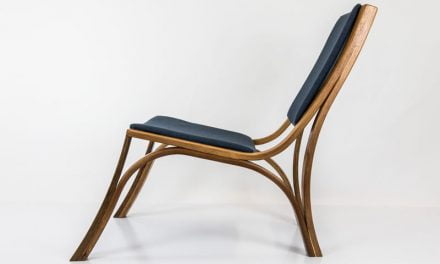A research team led by University of Sydney architecture and engineering experts has received funding to investigate ways to 3D-print a new gradient timber panel using forestry waste and by-products, including the discarded shells of the popular Australian bush nut.
The three-year study, partially funded by Forest and Wood Products Australia, aims to break new ground in the use of agricultural waste and 3D printing, which has the potential to revolutionise Australia’s building industry.
Dr Sandra Löschke, Director of Architecture, Design and Technology at the University of Sydney, and co-leader of the research team, says that the innovative work lies in the micro-layering and fusing of different 3D-printed timber compositions, to provide a unique material suitable for large-scale building projects.
“We want to create innovative, environmentally-resilient panels that are customised to react optimally to structural stress and weather exposure of a building,” said Dr Löschke.
Professor Andy Dong, co-leader the research team, said researchers will experiment and test different material compositions using timber flours including hardwood, softwood and macadamia shells.
“Timber is an important primary industry for Australia. Architectural and structural design aspirations are driving innovations in new value-added timber products, including the conversion of so-called waste material into a bespoke product.
“The anticipated outcomes of the research are highly significant for the industry. It could fundamentally change the way Australia produces timber-based products,” said Professor Dong.
The team will produce prototypes for a sustainable Microtimber, which may be adapted for a wide range of building features such as walls, cladding, internal screens or louvres.
The project is the first stage of a long-term research initiative by the University of Sydney, exploring new design principles, materials and production processes using cutting-edge fabrication technologies.










